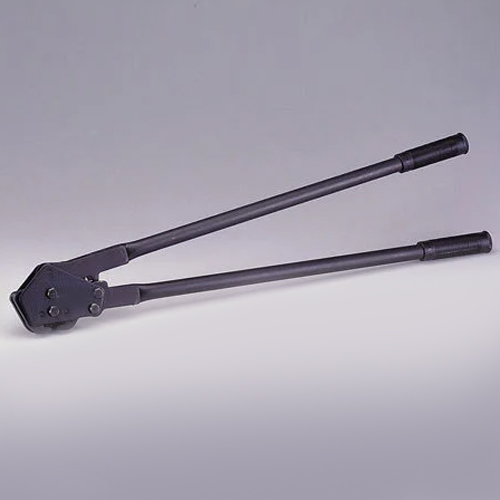In the world of packaging and shipping, the right tools can make all the difference. When it comes to securing your goods for safe transport, strapping tools are indispensable. From manual tensioners and sealers to high-tech automated machines, these tools ensure that your packages stay intact throughout their journey. In this blog post, we’ll explore the essential strapping tools, their features, benefits, and tips for using them effectively.
1. Manual Strapping Tools: Versatility and Precision Manual strapping tools are perfect for businesses with varying packaging needs. They offer the flexibility to adjust tension and sealing based on the load size and strapping material. Some key tools include:
- Tensioners: These allow you to precisely adjust the tension of the strapping for a secure hold without damaging the packaged items. They come in various designs, including feedwheel, ratchet, and combination tensioners.
- Sealers: Sealers are used to seal the strapping after it’s tensioned. They come in different styles, such as front-action, side-action, and double-notch sealers. Choosing the right type ensures a strong seal for your packages.
2. Battery-Powered Strapping Tools: Efficiency and Speed For businesses with high-volume strapping needs, battery-powered strapping tools offer a significant advantage. They combine the convenience of manual tools with the efficiency of automation. Benefits include:
- Speed: Battery-powered tools can tension and seal strapping quickly, reducing packaging time and increasing productivity.
- Consistency: These tools ensure consistent tension and sealing, leading to secure and uniform packages.
- Ergonomics: Many battery-powered tools are designed with ergonomics in mind, reducing operator fatigue and improving overall efficiency.
3. Automated Strapping Machines: Streamlining Large-Scale Operations For industries with massive packaging requirements, automated strapping machines are the way to go. These machines can handle high volumes of strapping with minimal manual intervention. Key advantages include:
- High Throughput: Automated machines can strap large quantities of packages in a short time, ideal for busy warehouses and distribution centers.
- Customization: These machines offer programmable settings for different strapping materials, load sizes, and tension levels, ensuring a tailored solution for your packaging needs.
- Reduced Labor Costs: By streamlining the strapping process, you can allocate human resources to other critical tasks, reducing labor costs.
4. Best Practices for Using Strapping Tools
- Choose the right tool for the job, considering load size, strapping material, and packaging volume.
- Train employees on proper tool usage to ensure consistent and secure strapping.
- Regularly inspect and maintain your strapping tools to ensure they function optimally.
By mastering the use of strapping tools, you can achieve secure, efficient, and cost-effective packaging. Whether you’re bundling products for shipment or palletizing heavy loads, the right strapping tools are your partners in ensuring that your packages arrive at their destination in pristine condition.



